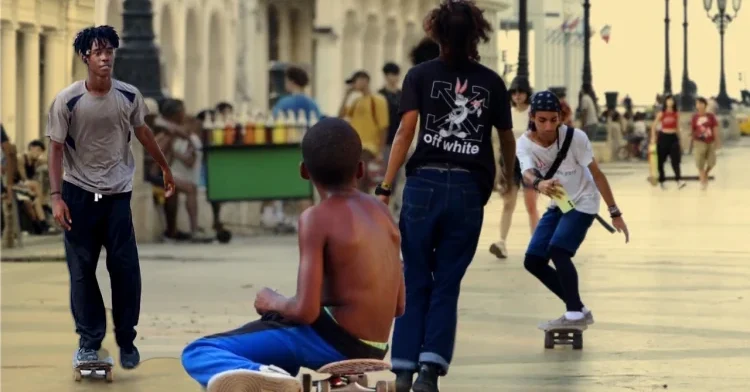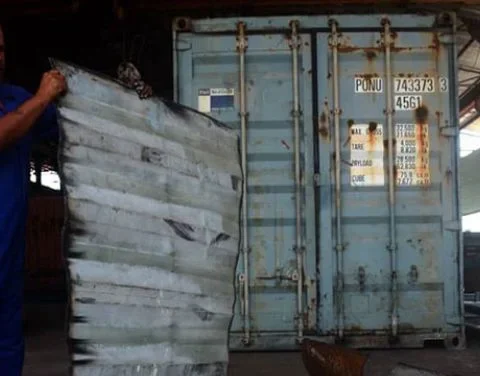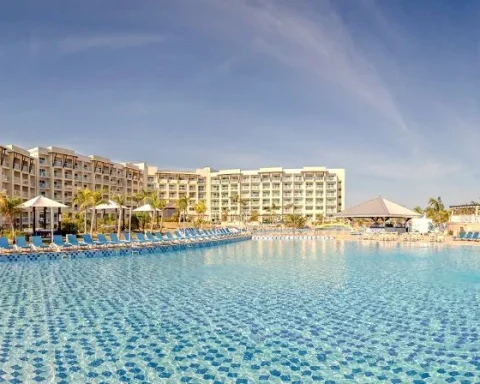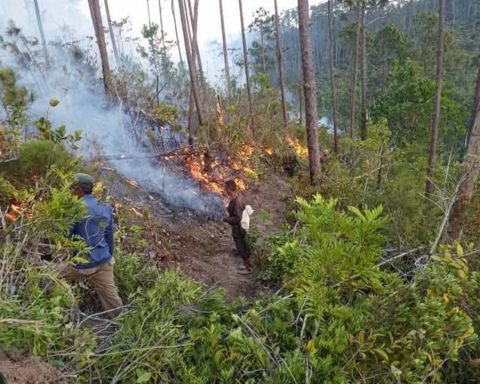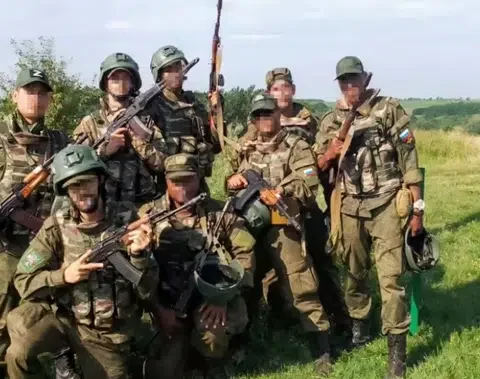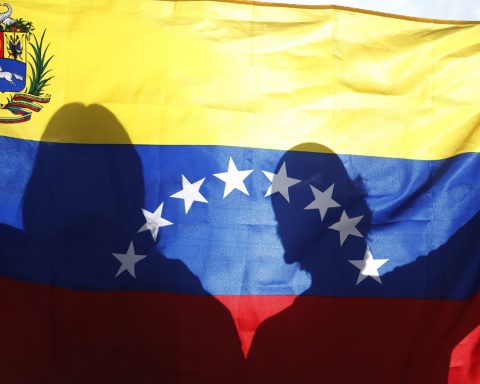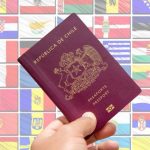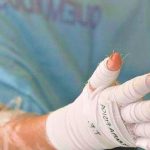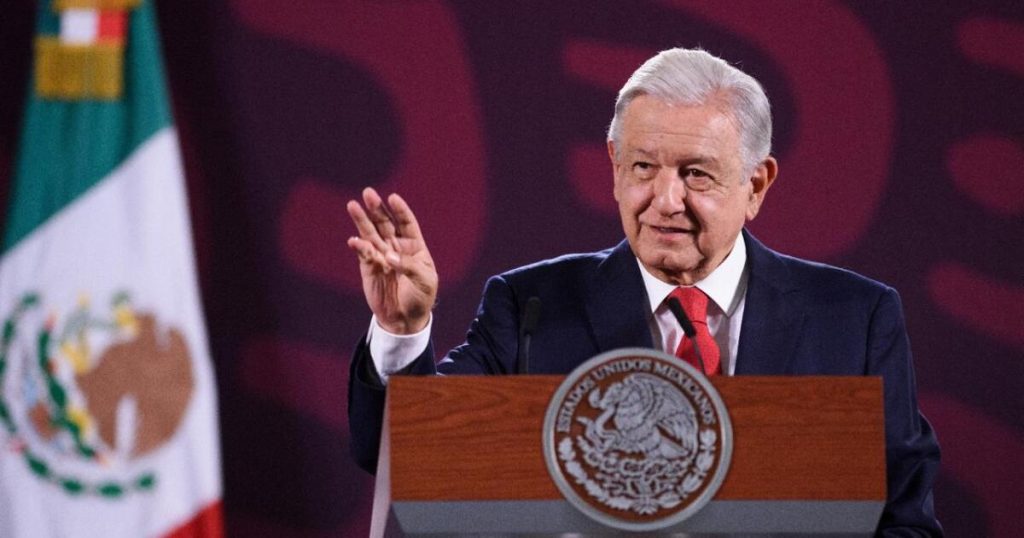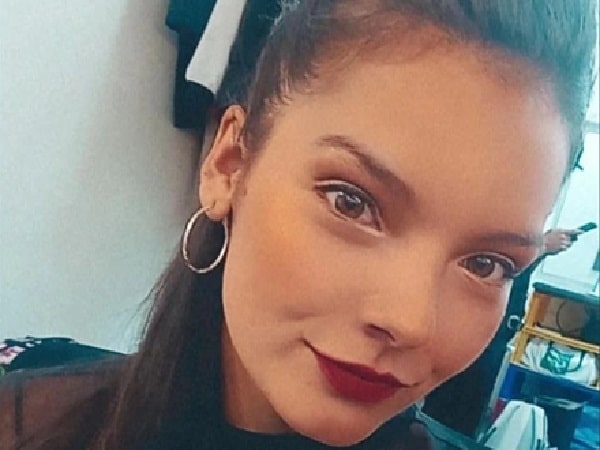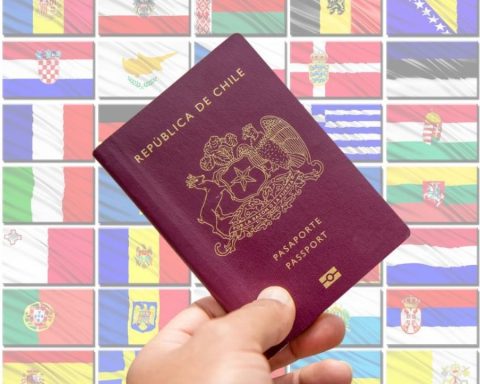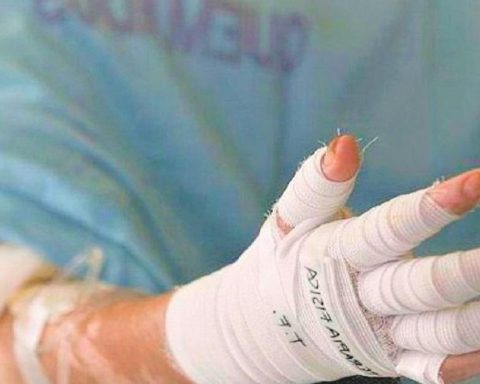MADRID, Spain.- In the Prado WalkIn the heart of Havana, a group of young people find in skateboarding not only a form of entertainment, but a lifestyle that provides them with freedom, adrenaline, and a sense of community. Despite the challenges they face, such as a shortage of equipment and limited spaces for practicing, Havana skaters have managed to form a subculture that endures. To better understand what the world of skateboarding is like in Havana, we spoke with three young skaters: Daniel Abreu Rodríguez, Joan and Jairo Francisco Martínez, who shared their experiences, challenges, and what it means to skate in the Cuban capital.
The places to skate in Havana
One of the crucial aspects for skaters is finding places where they can practice freely. According to 16-year-old Daniel Abreu Rodriguez, although there are several spots in the city to skate, each has its advantages and disadvantages. “Here in Prado, in La Piragua and in Acapulco are the best places to skate right now,” says Daniel. Prado, the iconic promenade in the centre of Havana, has long been a meeting point for skaters due to its open and central space. “Ciudad Libertad is very good, but the distance is too much. You have to get up very early to catch a transport,” he adds, referring to an improvised skatepark in Marianao.
Joan, 17, says that Havana still needs more suitable spaces. Although there are places like the skatepark in Plaza de la Revolución, this young skater would like “a place where they sell cheap boards and a good skatepark.” The current infrastructure is mostly the result of improvisation and the desire of skaters themselves to create safe spaces where they can practice without problems.
How to get equipment?
One of the biggest obstacles facing Cuban skaters is the difficulty in obtaining boards and other necessary equipment. The cost of a new board can be exorbitant by Cuban standards. Daniel explains that boards in local currency can cost up to 15,000 pesos, while in dollars they can cost between 150 and 300. “Those who bring boards are usually foreigners who skate abroad and bring boards as donations,” says Daniel. These donations, while welcome, do not always consist of new boards. Some arrive a little used, but almost always in good condition.

Joan also mentions the economic difficulties faced by the community in obtaining boards, and stresses the importance of buying them second-hand. Although these are cheaper than new ones, they still cost between 10,000 and 12,000 pesos. However, she admits that sometimes it is more practical to rely on donations or wait for someone from outside to bring equipment.
Jairo Francisco Martínez, who has been practicing this sport for six years, points out that recycling is common among Havana skaters. Boards are repaired, exchanged and sold when necessary. Although these measures allow the community to remain active, Jairo points out that the lack of resources remains a major problem: “Still, there needs to be more unity among skaters who go out on the street to skate.” For him, the skater community is a support network in which everyone helps each other.
Despite the limitations, Havana skaters have found ways to connect with the international community and participate in alternative competitions organized by foreigners. These competitions, according to Daniel, are a vital source of resources for local skaters, as they often include the donation of boards, clothing and shoes. “From time to time, competitions are held. There are foreigners who usually promote them themselves with their own money. They bring boards, systems, wheels, shoes, clothing,” he says.

The freedom and adrenaline of skating
For these young people, skateboarding is not just a sport, but a way to express themselves and experience life in a unique way. Daniel highlights the adrenaline as his favorite aspect of skateboarding: “What I like most about skateboarding is the adrenaline. When I do tricks, I throw myself into the void. The adrenaline that gives me that is what I like the most.”
Joan, for his part, talks about the freedom he feels when riding his board. “What I like most is the thrill of riding, that you feel free, that you can do practically whatever you want,” he says. This feeling of freedom is shared by many young skaters in Havana, who see skateboarding as a way of escape.
Jairo, who has been skating since he was 11, sees it as an art and a purpose in life. “It’s my art. It’s the purpose of life that I discovered is this, skating,” he says. For him, skateboarding has allowed him to make friends “that he never thought he would have.”

The authorities
Although the situation has improved compared to previous years, skaters still face occasional problems with the police. According to Daniel, although there are not as many confrontations anymore, from time to time some officers ask them to stop skating in certain places.
He says that for some time now, encounters with the police have been less frequent, although they have not disappeared completely. “From last year until this year we have not had any more problems. But from time to time, sector bosses or some police officers come and ask us to stop skating,” he explains.
Jairo adds that his relationship with the police depends largely on how the situation is handled: “That depends on how you handle them. And how you speak to them.” He adds: “The times I have been in a station it was for skating.” However, he believes that if it was possible before, when “the police used trucks to disperse them,” it is also possible now.
Rather than confront authorities directly, most choose to retreat when asked to do so, thus avoiding further conflict.
